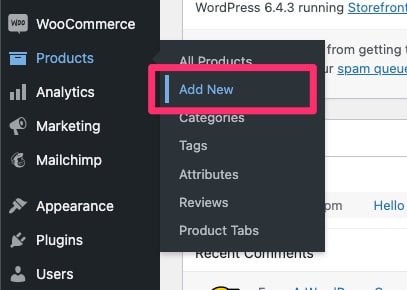Building a Landing Page
A common strategy when announcing a new product or service is to create a landing page for that product. These can be used to educate potential customers about the new product or to get sales. They’re usually quite in-depth with images, text, headlines, quotes, and user-generated content (also called UGC). These all help a potential customer to understand what the product is, and why they would want it.
Landing pages are also designed so that all of the information is on one page. That way, users don’t get lost, and they hopefully sign up with their email or make a purchase. Once you know how to build a landing page, you can build one quickly to gauge interest in a potential product before launching, and once you have a product, you can secure sales.
We’re going to build a landing page to capture pre-orders for a new product that we’re launching. Then, we are going to start by building a regular landing page, after which, we...

 ...
...